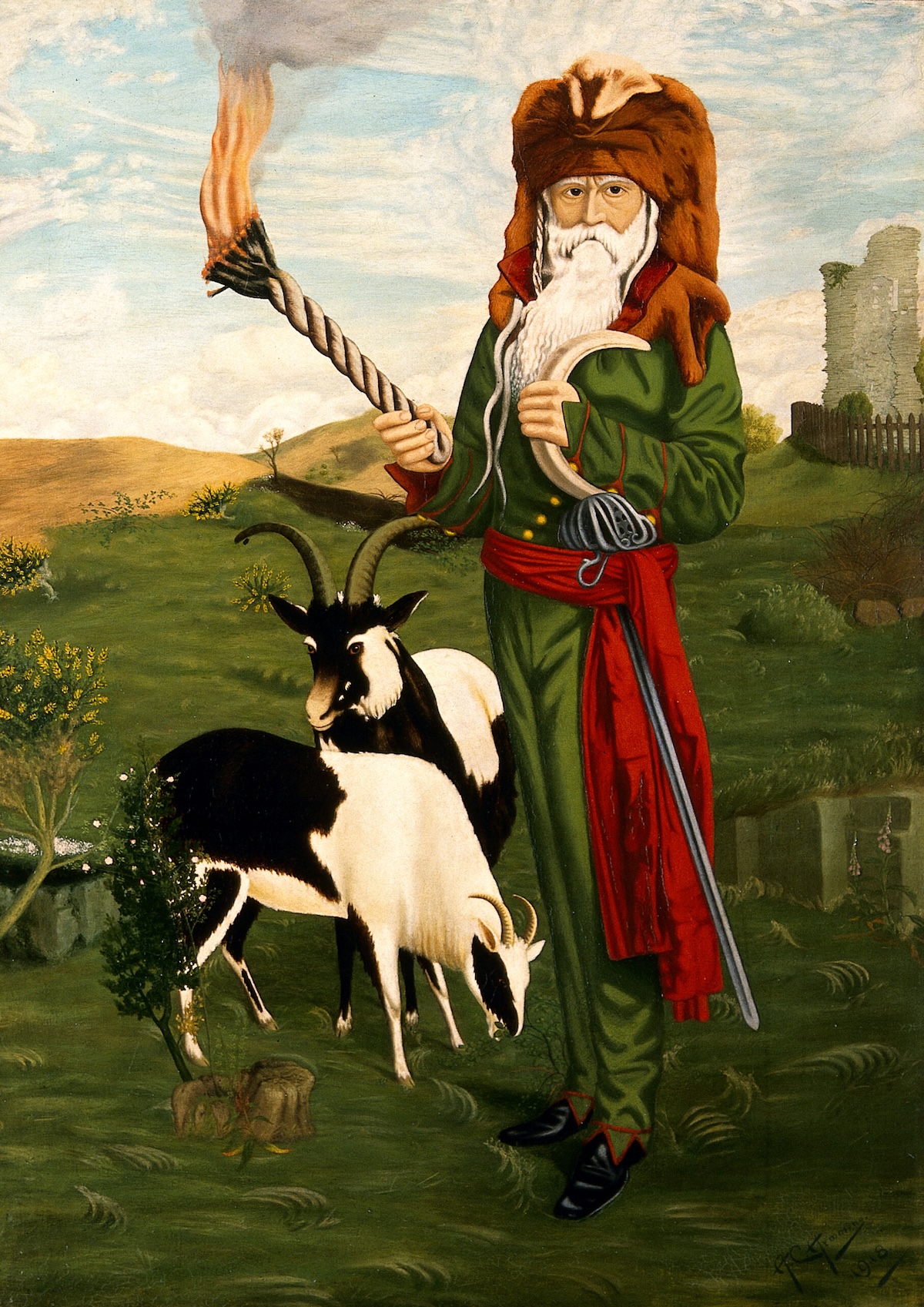Archdruid William Price Challenges Funerary Rites
There was no law permitting cremation, but there was no law against it either. On 13 January 1884, a Welsh druid took the matter to trial.

On the evening of 13 January 1884, the congregation of Llantrisant were making their way home from church when they saw flames climbing in the darkness from a nearby hilltop. Villagers raced there to find 83-year-old archdruid Dr William Price, clad in a white robe, chanting medieval Welsh over a burning petrol barrel.
But what was that other smell amid the fumes? A policeman kicked the barrel over. Out tumbled the charring body of a five-month-old boy.
Price’s son by his 23-year-old maid-turned-mistress had died the previous week. The boy’s name: Jesus Christ. But cremation was illegal, wasn’t it? The crowd surged. Price was arrested. The dead had occasionally been cremated before, but the issue had never been tested in court. Now it would be.
In fact, while there was no law allowing cremation, there was no specific law against it either. This was Price’s defence and the judge sympathised. Mr Justice Stephen reminded the jury that ‘not … everything that jarred upon the sentiments of the people was necessarily a misdemeanour in common law’. The jury took its hint. Price was acquitted, the legality of cremation established.
A year later the first purpose-built crematorium in Britain welcomed its first customer.